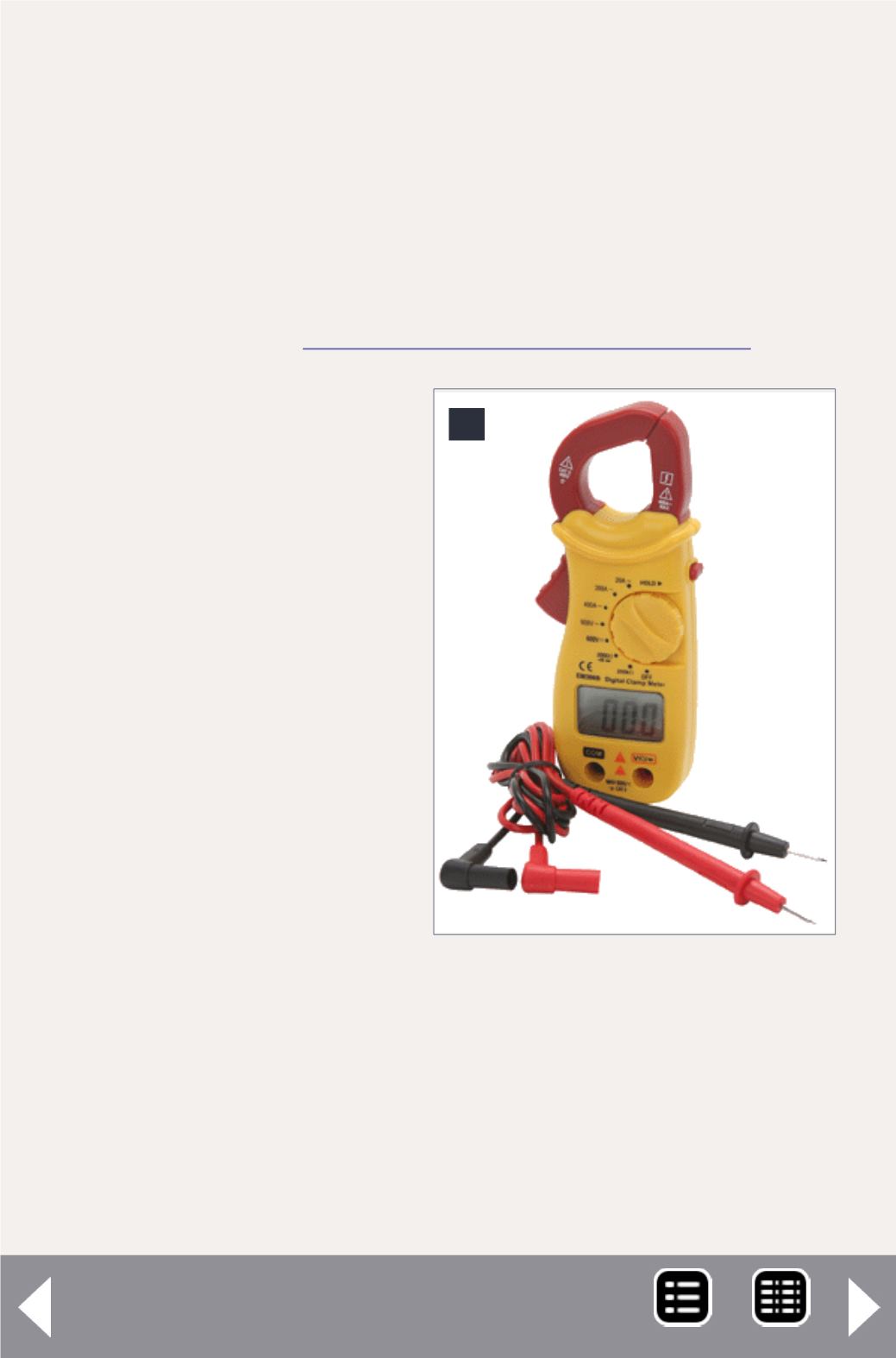
Keeping the current flowing
To measure current, current must be flowing. But a short circuit
trips the DCC booster's protective circuit, shutting off the cur-
rent. I needed a way to keep current flowing through a short
circuit without tripping the booster. The solution was to wire
a #1156 automotive taillight lamp in series with each booster
bus wire. Allan Gartner discusses this in his Wiring For DCC Web
pages. Caution! See
before
using taillights for short cir-
cuit protection.
I wired a DPDT (Double
Pole Double Throw) switch
such that in one position,
the booster's output is con-
nected directly to the DCC
bus wires for normal rail-
road operation position.
In the other position, each
booster output terminal is
wired in series with a #1156
automotive taillight lamp.
Sure enough, when I recon-
nected the section of my
layout we had isolated dur-
ing the round-robin short
circuit, both lamps lit up.
This indicated to me that the
short circuit was between
the two bus wires, and not
from one wire to ground, or
to another booster district.
2: A typical inexpensive
clamp-on ammeter. This
one is available from Harbor
Freight. We will use a meter
similar to this to see if we
can detect the DCC current
flowing in our layout wiring.
2
DCC Short detection - 2
MRH-Feb 2013


